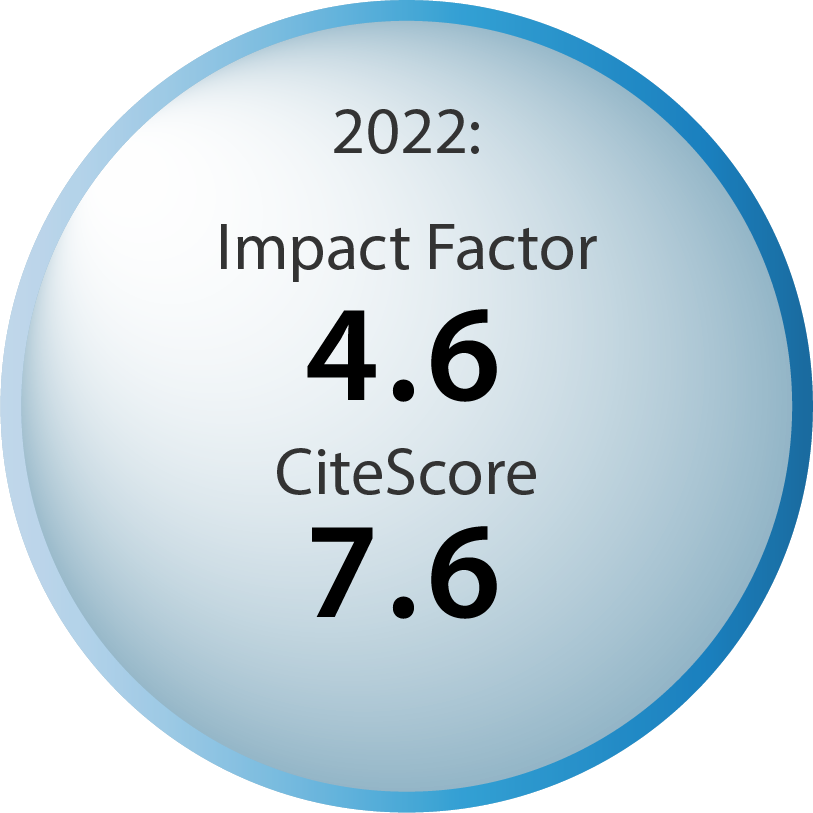Research Articles:
Microbial Cell, Vol. 12, No. 1, pp. 37 - 52; doi: 10.15698/mic2025.03.844
Clostridium scindens promotes gallstone formation by inducing intrahepatic neutrophil extracellular traps through CXCL1 produced by colonic epithelial cells
1 Department of Surgical Oncology, Jiangsu Province Hospital of Chinese Medicine, Affiliated Hospital of Nanjing University of Chinese Medicine, Nanjing 210029, China. 2 Key Laboratory of Hepatosplenic Surgery, Ministry of Education, The First Affiliated Hospital of Harbin Medical University, Harbin, China. 3 Department of General Surgery, The First Affiliated Hospital of Harbin Medical University, Harbin, China. 4 Gastrointestinal Surgery Ward I, Yantai Yuhuangding Hospital, the Affiliated Hospital of Qingdao University, Yantai 264000, China.
a Equal contribution as a first author.
Keywords: cholelithiasis, Clostridium scindens, gut-liver axis, neutrophil extracellular traps, TLR2, CXCL1, NF-κB.
Received originally: 31/10/2024 Received in revised form: 11/02/2025
Accepted: 20/02/2025
Published: 19/03/2025
Correspondence:
Liyi Wang, Department of General Surgery, The First Affiliated Hospital of Harbin Medical University, 23 You Zheng Street, Harbin 150001, China. Phone: (0451)8555-5883; 007881@hrbmu.edu.cn
Chenjun Hao, Department of General Surgery, The First Affiliated Hospital of Harbin Medical University, 23 You Zheng Street, Harbin 150001, China. Phone: (0451)8555-5883; haochenjun@hrbmu.edu.cn
Conflict of interest statement: The authors have no relevant financial or non-financial interests to disclose.
Please cite this article as: Wenchao Yao, Yuanhang He, Zhihong Xie, Qiang Wang, Yang Chen, Jingjing Yu, Xuxu Liu, Dongbo Xue , Liyi Wang and Chenjun Hao (2025). Clostridium scindens promotes gallstone formation by inducing intrahepatic neutrophil extracellular traps through CXCL1 produced by colonic epithelial cells. Microbial Cell 12: 37-52. doi: 10.15698/mic2025.03.844
Abstract
Cholelithiasis is one of the most common diseases of the biliary system. Neutrophil extracellular traps (NETs) in the liver play an important role in accelerating the formation of gallstones. The upstream mechanism of NETs formation remains unclear. In this study, 16S rRNA sequencing was used to screen the differential gut microbiota in mice with gallstones. Transcriptome sequencing was used to screen the differentially expressed core genes and signalling pathways of Clostridium scindens that acted on human colonic epithelial cells. Western blotting was used to verify the protein expression of TLR2 and the NF-κB pathway. RT-PCR was used to verify the mRNA expression of TLR2, CXCL1 and the NF-κB pathway. ELISA was used to verify CXCL1 expression in the supernatant or portal vein blood of mice. Immunofluorescence was used to detect NETs formation in cocultured neutrophils in vitro or in mouse livers. Clostridium scindens was the key differential strain in the formation of gallstones in mice. After treatment with Clostridium scindens, both in vitro and in vivo, the expression of TLR2 was upregulated, the secretion of CXCL1 was increased by regulating the NF-κB pathway. Finally, the formation of NETs and stones was significantly increased. This study reveals a new mechanism of the gut-liver immune axis in the formation of gallstones. Clostridium scindens acts on colonic epithelial cells through TLR2 to regulate the NF-κB pathway and increase the secretion of CXCL1. CXCL1 enters the liver via the portal vein and increases the formation of NETs in the liver, thereby accelerating gallstone formation.
For full text please see pdf.
SUPPLEMENTAL INFORMATION
![]() Download Supplemental Information
Download Supplemental Information
AUTHOR CONTRIBUTIONS
WC Yao and YH He designed the study, analyzed the data and wrote the draft of the manuscript. ZH Xie, Q Wang and Y Chen prepared the figures and tables. JJ Yu and XX Liu assisted in the experiment. DB Xue, LY Wang and CJ Hao initiated the study, reviewed and revised the manuscript. All authors read and approved the final manuscript.
ACKNOWLEDGMENTS
This study was supported by the National Natural Science Foundation of China (number 82100675), Excellent Youth Foundation of the first Affiliated Hospital of Harbin Medical University (number 2021Y12) and the Open Fund of Key Laboratory of Hepatoaplenic Surgery, Ministry of Education, Harbin, China (number GPKF202207).
COPYRIGHT
© 2024

Clostridium scindens promotes gallstone formation by inducing intrahepatic neutrophil extracellular traps through CXCL1 produced by colonic epithelial cells by Yao et al. is licensed under a Creative Commons Attribution 4.0 International License.









